
What Is a Clincher Bike Tyre? Quick Guide
A clincher tyre is the most common type of bicycle tyre, known for its ease of use and versatility. Choosing the right tyre affects performance, comfort, and maintenance, making it essential to understand how clinchers work. Clincher tyres are also widely used on e-bikes, offering reliable grip and simple maintenance for electric cycling.
What Is a Clincher Bike Tyre?
A clincher tyre is the most common type of bicycle tyre, widely used on road bikes, mountain bikes, and e-bikes. It features a tyre casing, an inner tube, and a rubber bead that hooks securely onto the rim. This design ensures the tyre stays in place while riding and provides a reliable, safe performance.
Clinchers are popular because they are easy to mount, remove, and repair, making them ideal for commuters, recreational cyclists, and long-distance riders. Unlike tubular tyres, clinchers allow for quick tube replacements in case of punctures, which is especially useful on the road or trails.
Over the years, clincher tyres have evolved from heavy, durable models to lightweight, high-performance tyres suitable for modern cycling and e-bike use. Understanding how a clincher tyre works helps cyclists choose the right tyre for comfort, grip, and efficiency.
How a Clincher Tyre Works
A clincher tyre works by securing its rubber bead around the rim of the wheel. This bead “clinches” the tyre in place, preventing it from slipping off during rides.
Inside the tyre, an inner tube holds the air, creating the pressure needed for smooth rolling, shock absorption, and stability on various surfaces. The combination of bead and tube ensures the tyre maintains consistent grip and handles braking, cornering, and acceleration efficiently.
Clinchers are also practical because they are easy to mount, remove, and repair, making them ideal for road bikes, mountain bikes, and e-bikes. Their straightforward design allows cyclists to replace the inner tube quickly in case of punctures, keeping rides safe and uninterrupted.
Advantages of Clincher Tyres
Clincher tyres offer several practical benefits that make them the most popular choice for cyclists of all levels. They combine ease of maintenance, affordability, and reliable performance, making them ideal for road bikes, gravel rides, and daily e-bike commutes.
-
Easy to mount and repair: Tubes can be replaced quickly on the road, making puncture fixes simple.
-
Widely available and affordable: Clincher tyres are easy to find in bike shops and online at various price points.
-
Compatible with most wheelsets: They fit standard clincher rims, including those on road bikes, mountain bikes, and e-bikes.
-
Variety of sizes and treads: Options are available for road, gravel, commuter, and performance cycling.
-
Balanced performance and convenience: Clinchers provide reliable grip, comfort, and efficiency while remaining practical for everyday riding.
Why Most Cyclists Prefer Clincher Tyres
Most cyclists choose clincher tyres for their ease of use, quick repairability, and versatility. They are compatible with road bikes, mountain bikes, gravel bikes, and e-bikes, making them suitable for almost any ride.
Clinchers are also affordable, widely available, and come in various sizes and treads, offering reliable performance, grip, and comfort for commuting, training, or long-distance rides.
Clincher Tyre vs Tubular vs Tubeless
Choosing the right tyre type is essential for performance, comfort, and maintenance. Understanding the differences between clincher, tubular, and tubeless tyres can help you pick the best option for your bike, riding style, and conditions.
|
Feature |
Clincher |
Tubular |
Tubeless |
|
Tube |
Yes |
Built-in |
No |
|
Mounting |
Easy |
Difficult, glued |
Can be tricky |
|
Repair |
Quick |
Hard |
Self-seal, sometimes tricky |
|
Weight |
Moderate |
Light |
Light |
|
Ideal Use |
Training, daily riding |
Racing |
Gravel, endurance, low pressure |
Key differences:
-
Clincher tyres are simple to mount and repair, making them perfect for commuting, training, and e-bike use.
-
Tubular tyres are glued to the rim, lightweight, and designed for racing, but repairs are challenging on the road.
-
Tubeless tyres remove the inner tube, often self-seal punctures, and are ideal for gravel, endurance, or low-pressure riding, though installation can be tricky.
How to Choose the Right Clincher Tyre
1. Consider Tyre Width and Tread
When selecting a clincher tyre, consider width, tread pattern, and riding style. Narrow tyres (23–28mm) are ideal for road cycling, while wider tyres (30–35mm) are better for gravel or endurance rides. E-bike tyres often require stronger construction to handle extra weight and power.
2. Check Puncture Resistance
A tyre with good puncture protection ensures fewer flats and more reliable performance. Look for reinforced casings or built-in protection layers, especially if you ride frequently on rough roads or gravel.
3. Tyre Maintenance Tips
Proper maintenance extends the life of your clincher tyres. Regularly check tyre pressure, inspect for cuts or wear, and replace tyres when the tread is worn. Correct inflation improves grip, rolling efficiency, and safety.
4. Recommended Sizes
Choosing the right clincher tyre size ensures better grip, comfort, and performance for your ride.
-
Road bikes: 23–28mm
-
Gravel bikes: 30–35mm
-
E-bikes: 28–35mm with reinforced casing
Conclusion
Clincher tyres are one of the most popular and practical tyre types for cyclists and e-bike riders. They offer easy maintenance, excellent grip, and reliable performance, making them ideal for road, gravel, and urban rides.
Before upgrading, always check your bike’s tyre compatibility and select the right clincher size and tread for your riding conditions. For e-bike riders, isinwheel electric bikes are a great choice — featuring durable pneumatic tyres that deliver smooth, reliable performance similar to quality clinchers.
FAQs
Do Clincher Tyres Need Tubes?
Yes, clincher tyres require inner tubes to hold air pressure. The tyre bead hooks securely onto the rim, while the inner tube inflates to create the necessary pressure for a smooth, stable ride. This makes clinchers simple, affordable, and easy to maintain for most cyclists.
What Is the Difference Between a Clincher and a Tubeless Tyre?
The key difference between clincher vs tubeless tyres is the use of an inner tube. Clincher tyres use inner tubes, while tubeless tyres form an airtight seal directly with the rim and often use liquid sealant to prevent punctures. Clinchers are easier to install and repair, while tubeless tyres offer better puncture protection and performance on rough terrain.
How Do I Know If My Wheel Is Clincher or Tubular?
You can tell by looking at the rim. A clincher rim has a hooked edge to hold the tyre bead and an inner tube inside. A tubular rim is smooth because the tyre is glued directly to it. Clinchers are the most common type found on road, hybrid, and e-bikes due to their convenience and versatility.
Are Tubeless Tyres Clinchers?
Yes, tubeless tyres are a type of clincher tyre, but they don’t use an inner tube. Instead, they rely on a tight seal between the tyre bead and rim to hold air. Tubeless systems provide lower rolling resistance and improved comfort, while traditional clinchers remain the easiest to use and maintain.
The Latest Posts
Explore isinwheel products
City E Scooter | Off-Road Scooter
Fastest Scooter | Kids Scooters




















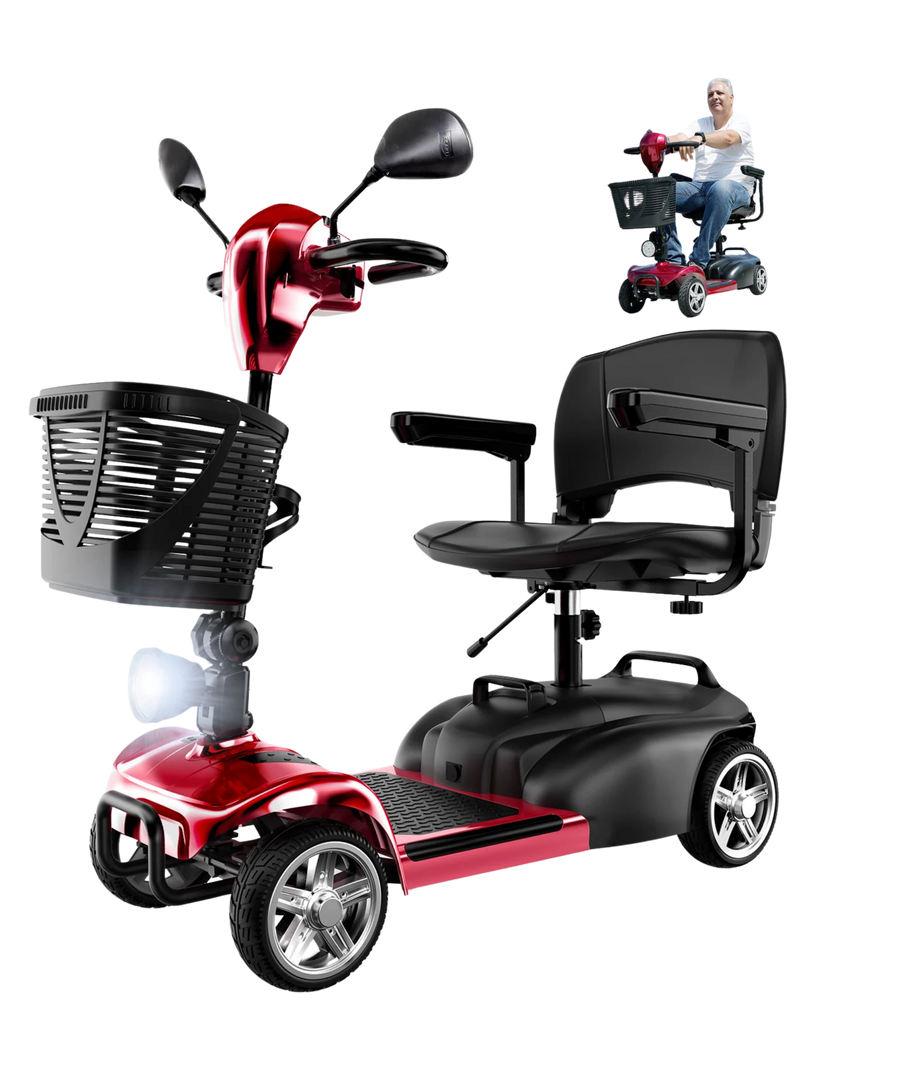


























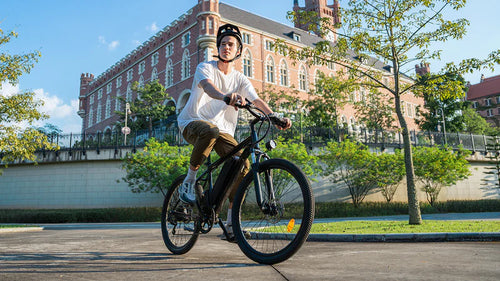
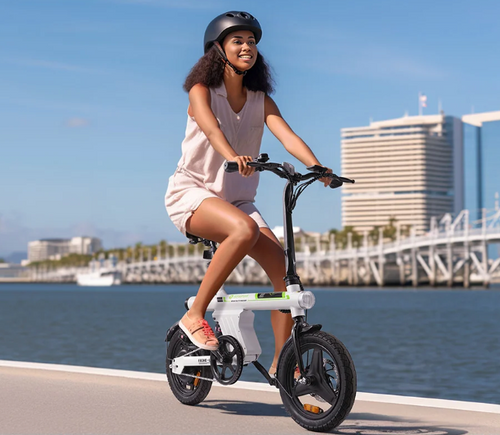



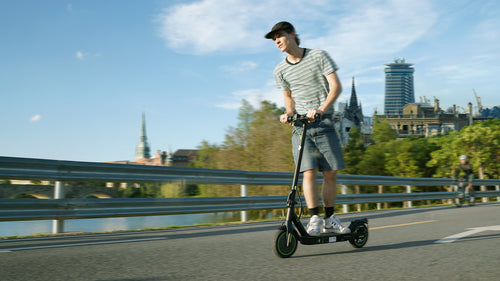


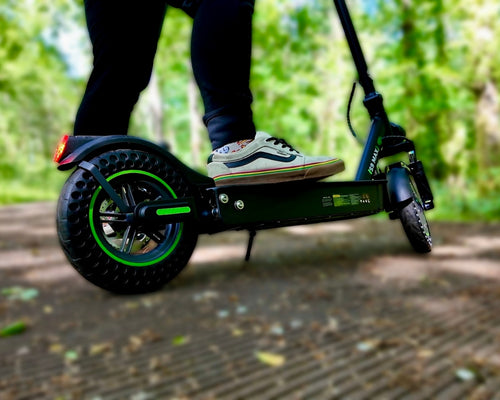
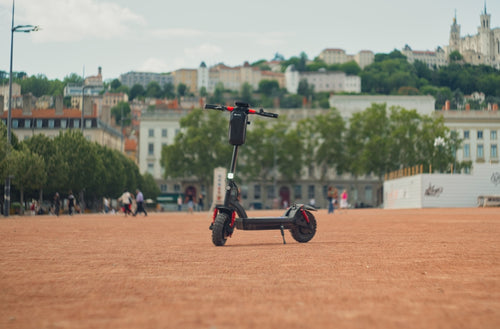
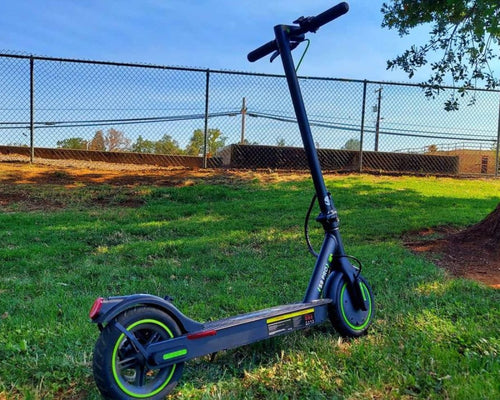





Leave a comment